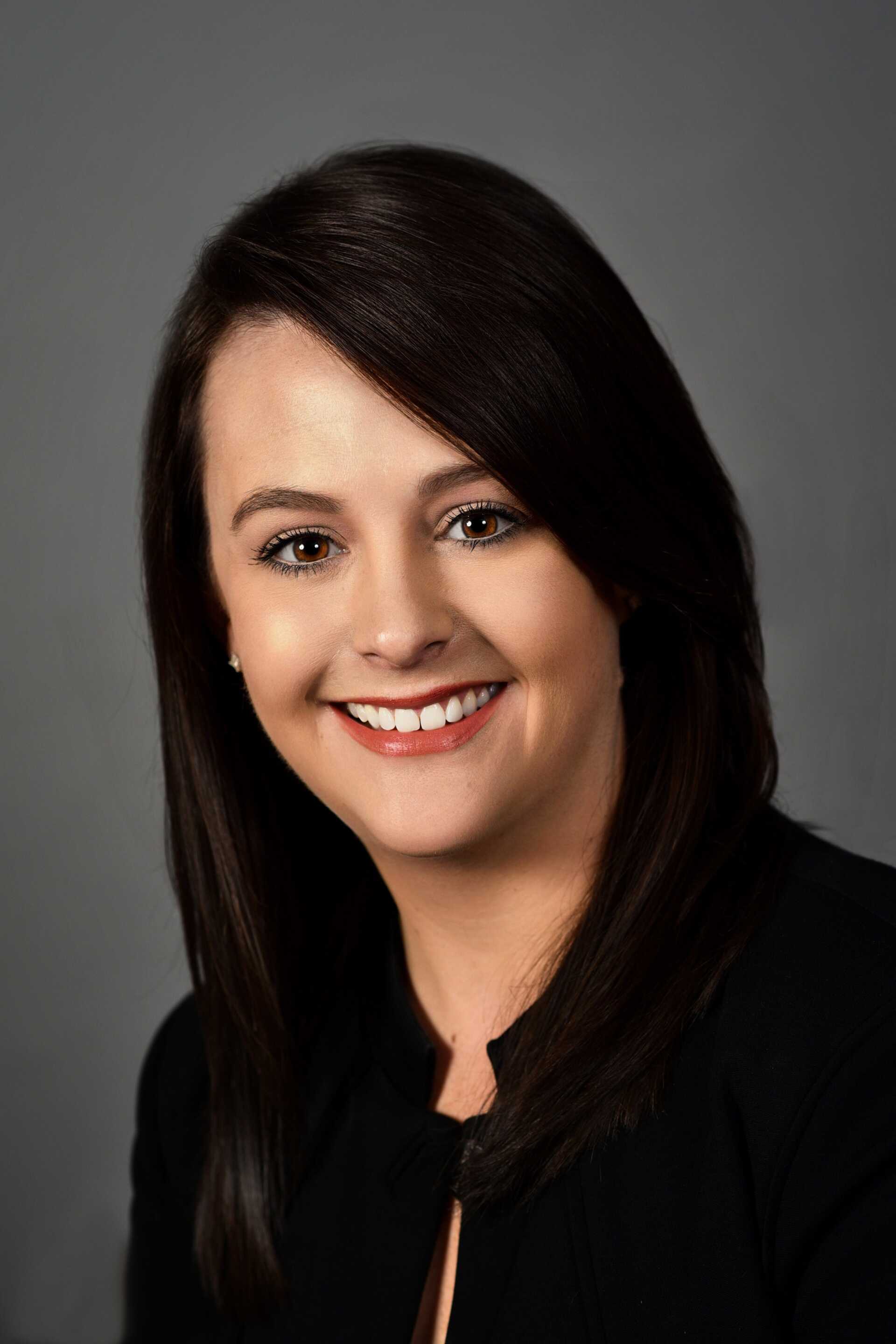Student Loan Holders See Targeted Relief, Payments to Resume in February
October 17, 2021
The final extension of the federal student loan payment pause officially ends Jan. 31, 2022. That means many borrowers have not made a student loan payment in almost two years. Because of COVID-19, eligible loans have suspended payments, 0% interest rate, and no collection on defaults. So, with this upcoming cliff, let’s examine where student loan debt stands now, what the federal government is doing for borrowers and how to plan for college costs.

Where student debt stands now
As of the end of March 2021, the total student loan debt for federal and private loans stands at $1.6 trillion. According to NerdWallet, 62% of the 2019 class graduated with student debt and an average loan of $28,950. More than 43 million Americans have student loan debt. To put that into perspective, that is one in eight Americans. With that, 92% of loans are federally funded. The default rate on the loans stands at 9.7%. To again provide some context, according to the St. Louis Federal Reserve, the delinquency rate on single-family residential mortgages for the second quarter of 2021 was 2.49%.
What is the federal government doing?
While student loan forgiveness has not happened yet, the Biden administration has given targeted relief. The Department of Education states that relief has come to four areas currently.
The first is for those who were defrauded by their school or if their school closed before they received their degree. This is called borrower defense, and $1.5 billion has been provided in relief.
Second, $7.1 billion in loans were discharged for 364,000 people who qualify as disabled.
The third area focused on current and former active-duty service members. Interest was waived retroactively for 47,000 members.
And finally, the Department of Education recently expanded the federal student loan forgiveness program that would allow thousands more public sector workers, including members of the military, to seek a reprieve on their educational debts.
The new policies would affect an estimated 550,000 borrowers and give them an extra two years of progress toward forgiveness.
How much does college cost?
On its website, the University of Tennessee-Knoxville has an undergraduate budget estimate breakdown for the 2021-2022 school year. Remember, this is an estimate for in-state students, so every situation might be different. The breakdown looks like:
Tuition and fees: $13,244
Room and board: $12,150
Books: $1,598
Transportation: $1,664
Personal: $4,002
The grand total is $32,678. There is some debate on how quickly the cost of education is inflating. However, 5% is a good average to use. If we inflate $32,678 forward by 5% for 18 years, it will cost $78,644 per year for the 2039- 2040 school year.
How and how much do you save?
Now that you have the numbers you might be panicking. I’m here to help. If you’re considering more higher education for you or a dependent, think ahead. There are several ways you can save for education:
529s are by far the most popular. The earnings grow entirely tax-free if the money is used for qualified education expenses. Always consult the IRS or your financial advisor for what qualifies.
Coverdell ESAs have mostly been phased out by 529s. They essentially work the same way as 529s; however, there are income limitations and contribution limits.
Uniform Transfer to Minors Accounts (UTMAs) are not traditionally used for education savings. This type of account can be used for anything as long as it’s for the benefit of a minor. Some clients like the flexibility. However, the money does not grow tax-free like a 529.
Roth IRAs are probably the least utilized vehicle in savings for education. However, it is growing in popularity. There are income and contribution limitations. But the money grows completely tax-free, and there is no 10% penalty, which usually applies for early distributions, as long as it’s used for qualified education expenses.
So how much do you need per year? Using the example above, you need to save about $6,400 per year or $533 per month. While this number might seem staggering (because it is), we can only plan based on current information.
Just remember that I have only skimmed the surface on the different rules and implications for each way to save for education. There is not a right or wrong way to go about saving. At CapWealth, we work with our clients to figure out the best way for them to save and how it fits into their financial plan and life. The most important thing is you start saving as soon as possible. You only have 18 years!
Jennifer Pagliara, CFP, CTFA, is an executive vice president and financial adviser at CapWealth and a proud member of the millennial generation. Her column speaks to her peers and anyone else that wants to get ahead financially. For more information about Pagliara, visit capwealthgroup.com.














